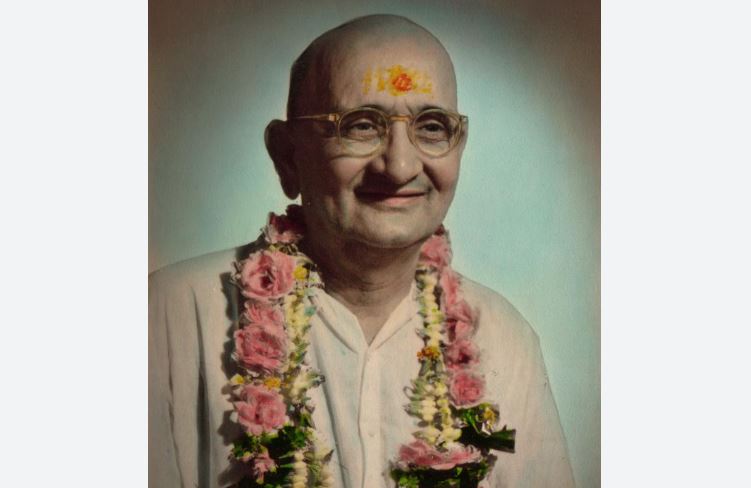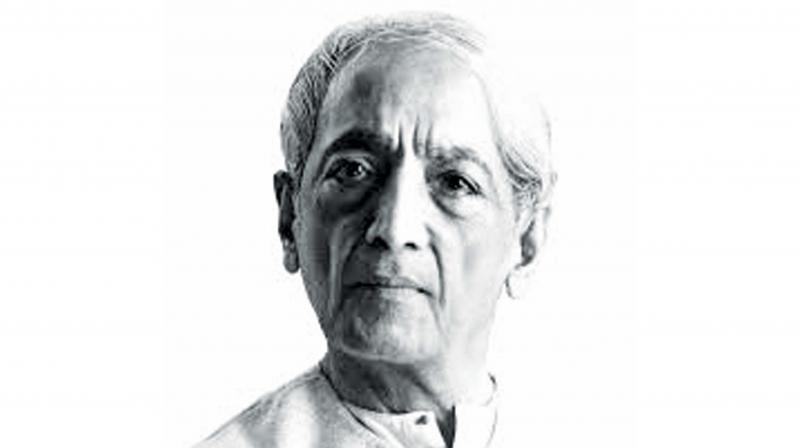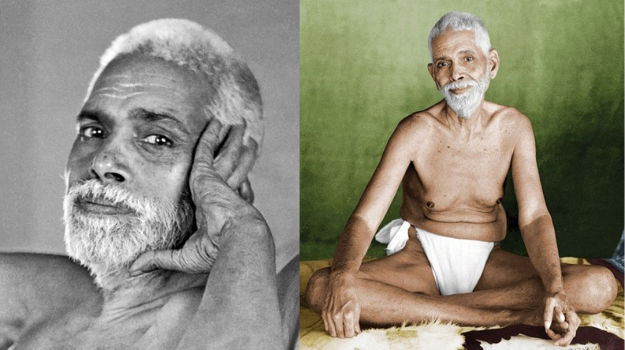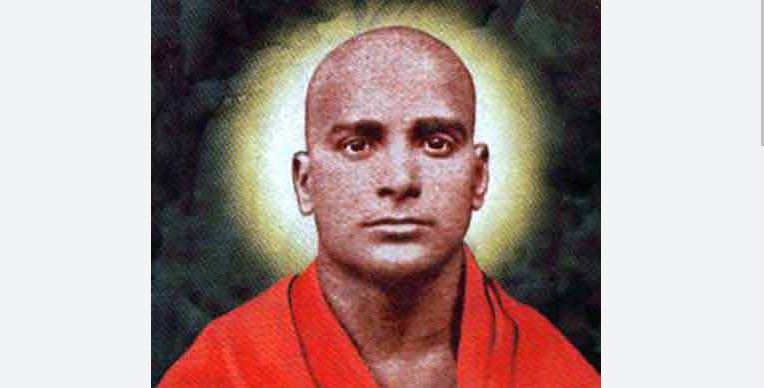Osho
Wholeness can be both one-dimensional and multidimensional. A painter can be complete as a painter, but it does not mean that he is also complete as a scientist. A scientist can be whole as a scientist, but that does not make him whole as a musician. So there is a one-dimensional completeness. I say Mahavira, Buddha and Jesus were complete in a particular dimension. But Krishna was complete in a multidimensional way.
It is quite possible that one chooses a particular dimension of life to the exclusion of the rest, and attains to its wholeness. This wholeness too can lead to the supreme truth. The river that flows in a single stream is as much entitled to reach the ocean as one flowing in many streams. With respect to reaching the ocean, there is no difference between the two.
Mahavira and Buddha and Krishna all reach to the ocean of truth, but while Mahavira does it as a one-dimensional man, Krishna does it as one who is multi-dimensional. Krishna’s completeness is multidimensional, while Mahavira’s is one-dimensional. So don’t think that Mahavira does not attain to wholeness; he transcends the seventh body and attains to wholeness as much as Krishna does.
Krishna reaches the same goal from many, many directions, and that is significant.
Another significant thing about Krishna is that unlike Mahavira and Buddha, he does not deny life, he is not life-negative. There is an unavoidable element of negation in the lives of Mahavira and Buddha which is completely absent in Krishna’s life. There is not a trace of negativity in this man with the flute.
Mahavira attains through renunciation of life; Krishna attains through total acceptance of it. That is why I differentiate Krishna’s wholeness from that of others. But let no one think that Mahavira is incomplete. All one can say is that while his wholeness is one-dimensional, Krishna’s wholeness is multidimensional.
One-dimensional wholeness is not going to have much meaning in the future. For the man of the future, multidimensional wholeness will have tremendous significance. And there are reasons for it. One who attains to wholeness through a single facet of his life not only negates all other facets of his own life, he also becomes instrumental in negating those aspects in the lives of many other multidimensional people.
On the other hand, one who attains to wholeness, to the absolute, through all aspects of his life, proves helpful even to all kinds of one-dimensional seekers in their journey to the supreme from their own aspect. In short, while Mahavira and Buddha can be of help only to a few, Krishna’s help will be available to many.
For example, we cannot think how a painter or sculptor or a poet can attain to the supreme through the path of Mahavira. Mahavira is one-dimensional not only for himself; all others who will try to understand him and experiment with his discipline will have to negate all other facets of their lives as ways to attainment.
We cannot conceive how a dancer can attain to the supreme in Mahavira’s terms, but in Krishna’s terms he can. A dancer, if he so chooses, can drop all other aspects and keep to dancing, and by going deeper and deeper into it can attain to the same state Mahavira attains through meditation. This is possible in terms of Krishna.
Krishna makes every side, every facet of his life divine; with him every direction of life becomes sacred.
Excerpted from ‘Krishna The Man and his Philosophy’. Janamashtami, the birthday of Lord Krishna, was celebrated on August 11







